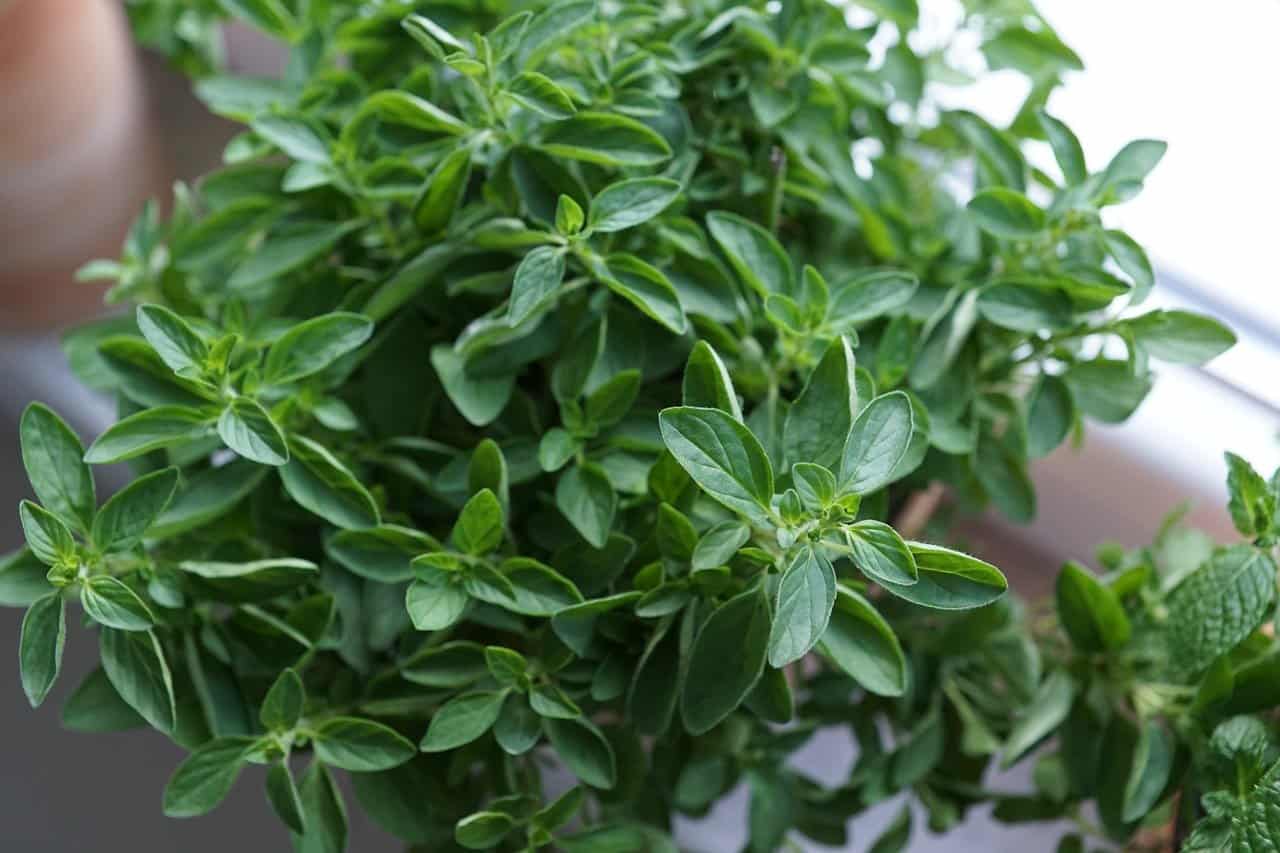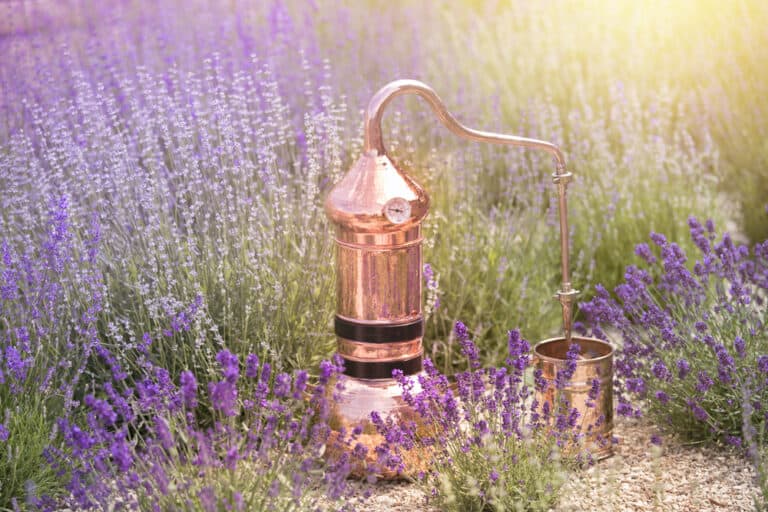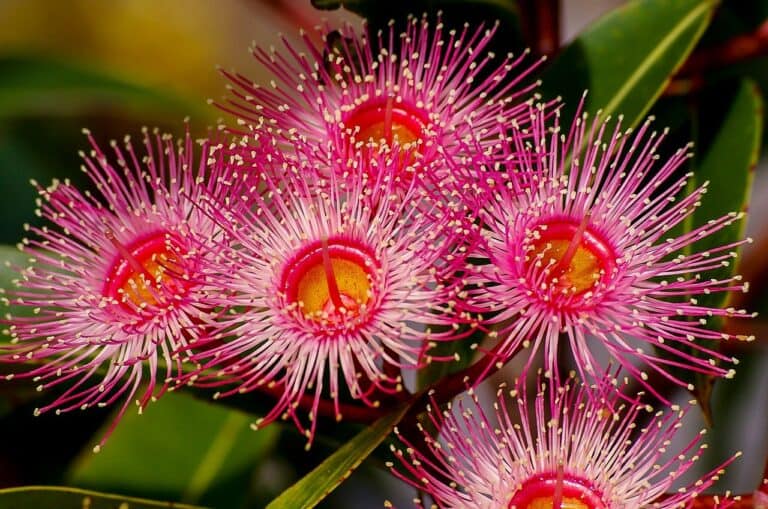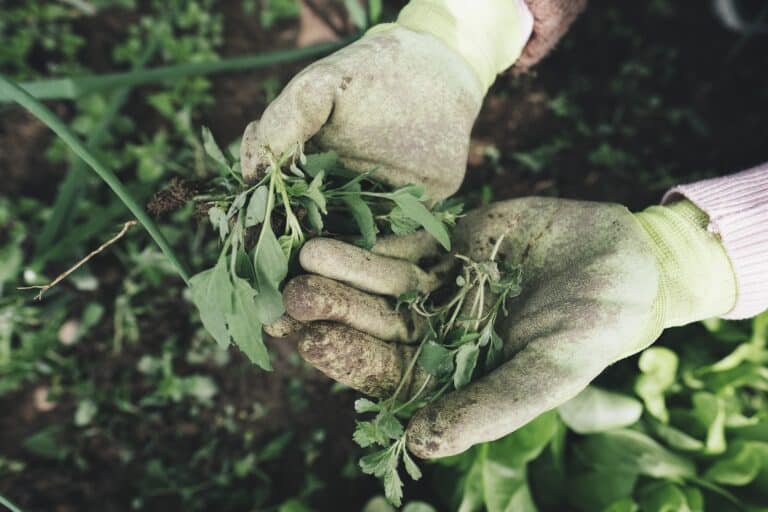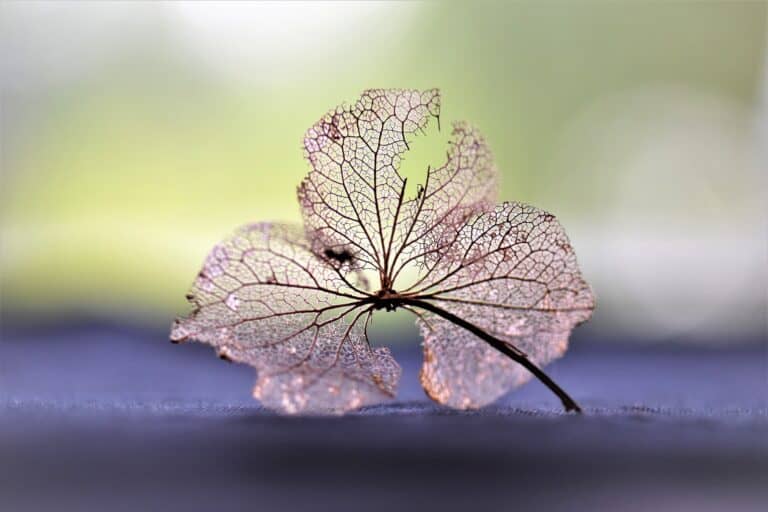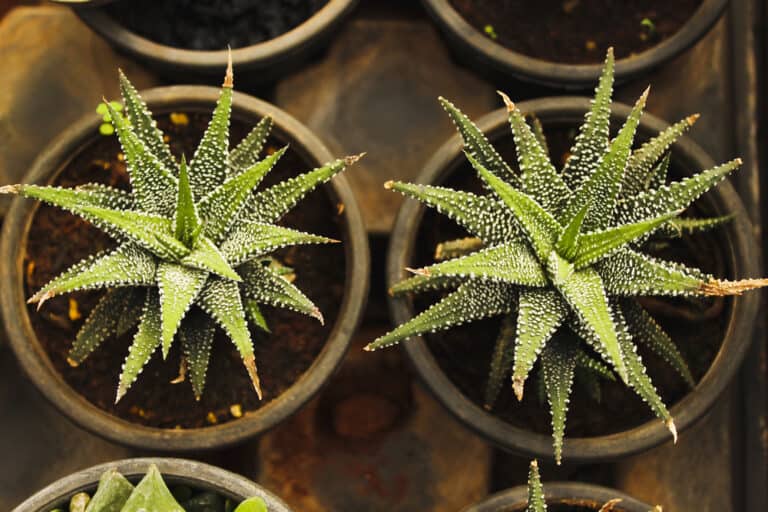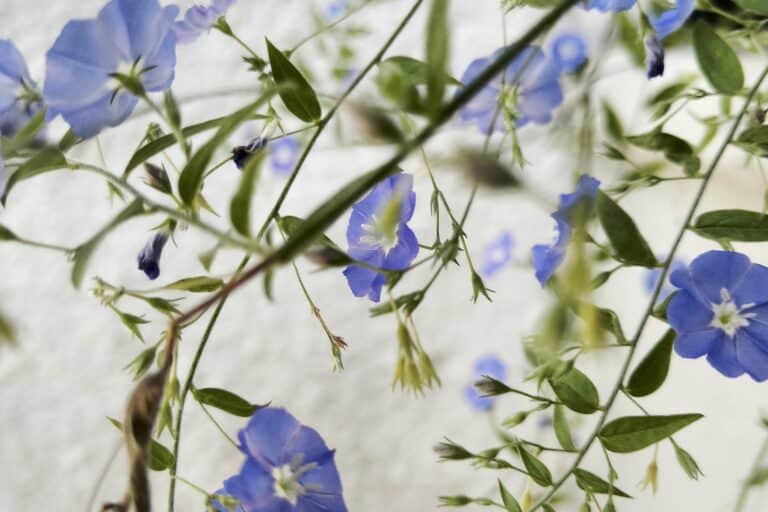The most common species are well-known culinary herbs, such as Origanum Vulgare and its cultivars, Origanum majoranum, heracleoticum, and others. Many Italian, Mexican, and Spanish dishes feature oregano as a signature flavor. It is a hardy perennial plant that grows well in the home garden or pots.
Table of Contents
How to Grow Oregano
How to grow oregano quick notes, many perennial herbs and subshrubs in the Oreganum genus are native to western Asia and the Mediterranean, though O. Vulgare has naturalized in many areas of North America.
The leaves of oregano are oval, dark green, and arranged in opposite pairs along the stems. Some cultivars have fuzzy leaves, while others do not. Oregano begins as a ground-hugging rosette of leaves but quickly grows to be about 2 feet tall.
You can use fresh oregano during the season and dry oregano for the rest of the year from a few plants.
Oregano is typically planted in the spring or fall, using either potted nursery starts or plant divisions. The long stems look good spilling over the edge of a container, and it also works well as a ground cover. It proliferates and will provide edible leaves almost immediately.
Oregano is recommended to be best when planted 8 to 10 inches apart in a sunny location with fertile, well-drained soil pH of 6.5 to 7.0. If growing in a hot climate, provide some shade.
Mix several inches of aged compost or other rich organic matter into your native soil to provide fertile ground for young plants to take root in the earth.
Maintain consistent moisture in the soil and water when the top inch becomes dry.
Feeding water-soluble plant food regularly will encourage fantastic leaf production.
Harvest sprigs of oregano with sharp gardening shears once it has established itself. Harvest frequently to encourage new growth but avoid pruning more than one-third of the plant at a time.
Troubleshooting Oregano Plants while growing
Oregano can be attacked by root rot, spider mites, and aphids. To prevent disease, keep oregano well-drained and remove any browning or spotted foliage. It is easy to confuse an oregano plant with sweet marjoram in the garden, although their flavors and scents are easily distinguished.
Botanical Name – Origanum spp. and cultivars
Oregano is a common name for the herb oregano.
Plant Type Perennial herb
2 feet tall, 18-inch spread at maturity
Sun exposure ranges from full sun to partial shade.
Type of Soil – Soil that is dry to medium in moisture and well-drained
a pH of soil: 6.5 to 7.0 (slightly acidic to neutral)
Summer is blooming time.
Pink, purple, and white flowers
Hardiness Zones 4–10 (USDA); depends on species.
Native Territory – Eurasia and the Mediterranean
Care
To promote a denser, bushier plant, allow oregano plants to grow to about 4 inches tall before pinching or trimming lightly.
Trimming as necessary will not only cause the plant to branch again but will also prevent leggedness.
Oregano does not require as much water as other herbs. Because the amount of watering depends on various factors, only water when the soil feels dry to the touch; remember that it is preferable to water thoroughly and infrequently.
If you have a container, fill it with water until it comes out of the drainage holes in the bottom.
Thin out plants 3 or 4 years old in the early spring to ensure the best quality plants. Because oregano self-seeds, the plants will regrow quickly.
If you want to put one indoors, divide the plants in late spring.
Oregano Harvesting and Storage
Plants should be harvested regularly to ensure continued new growth. Begin by snipping oregano sprigs when the plant is several inches tall.
The flavor of oregano is at its peak in midsummer, just before it blooms, so this is the best time to harvest leaves for drying. This herb is more potent when dried than when fresh.
Cut the stems just above the plant’s lowest set of leaves for a large harvest; this encourages new growth for the subsequent cutting in late summer. The leaves of oregano can be dried, frozen, or refrigerated.
After a hot, dry summer, my oregano is in bad shape. Can I shorten it?
Please do so. Oregano, like most herbs, responds well to trimming. First, remove all of the dead stems. Long stems with only a few leaves at the ends can be cut in half.
The new growth will appear as new branches from the remaining stems and the plant’s crown. Fertilize your plants in the early spring before they begin to grow.
Compost, dehydrated manure, or a liquid fertilizer like Bonnie Herb & Vegetable Plant Food are all excellent options. If you’re still in the first half of the growing season, a time-release fertilizer will help your plants grow for the rest of the season.
Also read: What is Oregano?
Can Oregano Be Frozen?
To freeze oregano (or other winter-dormant herbs like dill, marjoram, basil, fennel, chives, or tarragon), simply place cut leaves and tender stems in a food processor with just enough olive oil to moisten them.
Process the leaves until they are chopped but not blended. Fill small plastic freezer containers or ice trays halfway with this mixture. Because one frozen green herbal mass looks and smells exactly like the next!
When a recipe calls for oregano, use a knife to cut a piece from the corner of the block in the container. Use the dried herb in the same way that you would the fresh herb.


